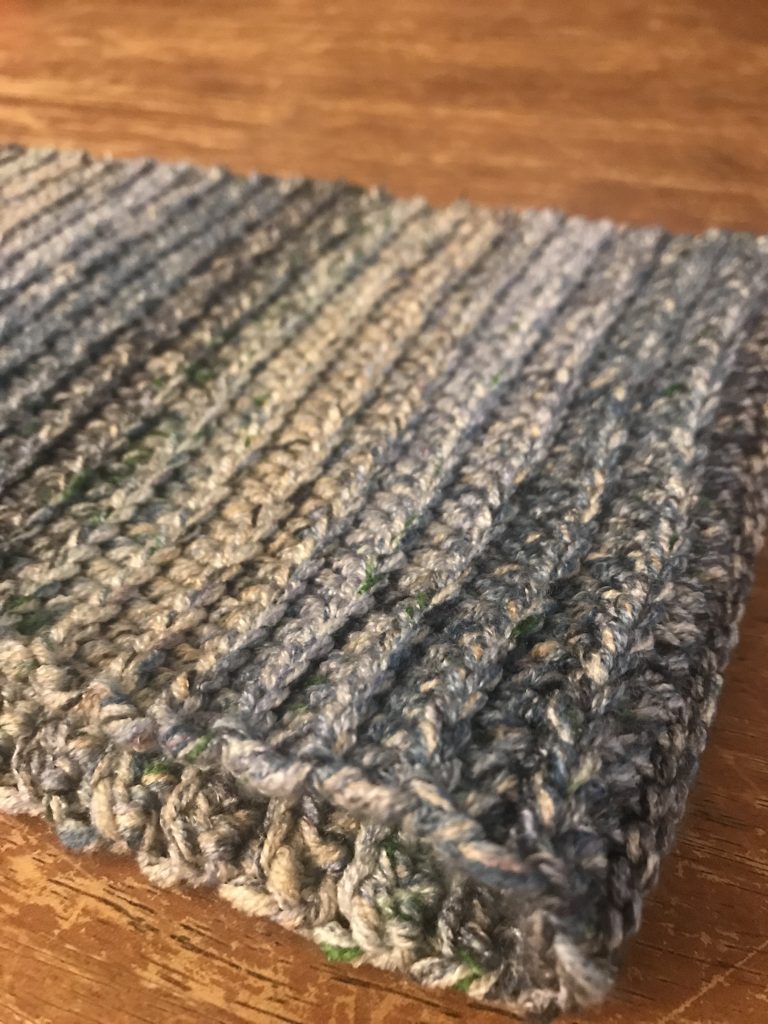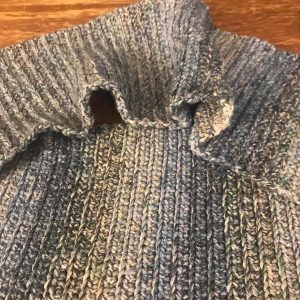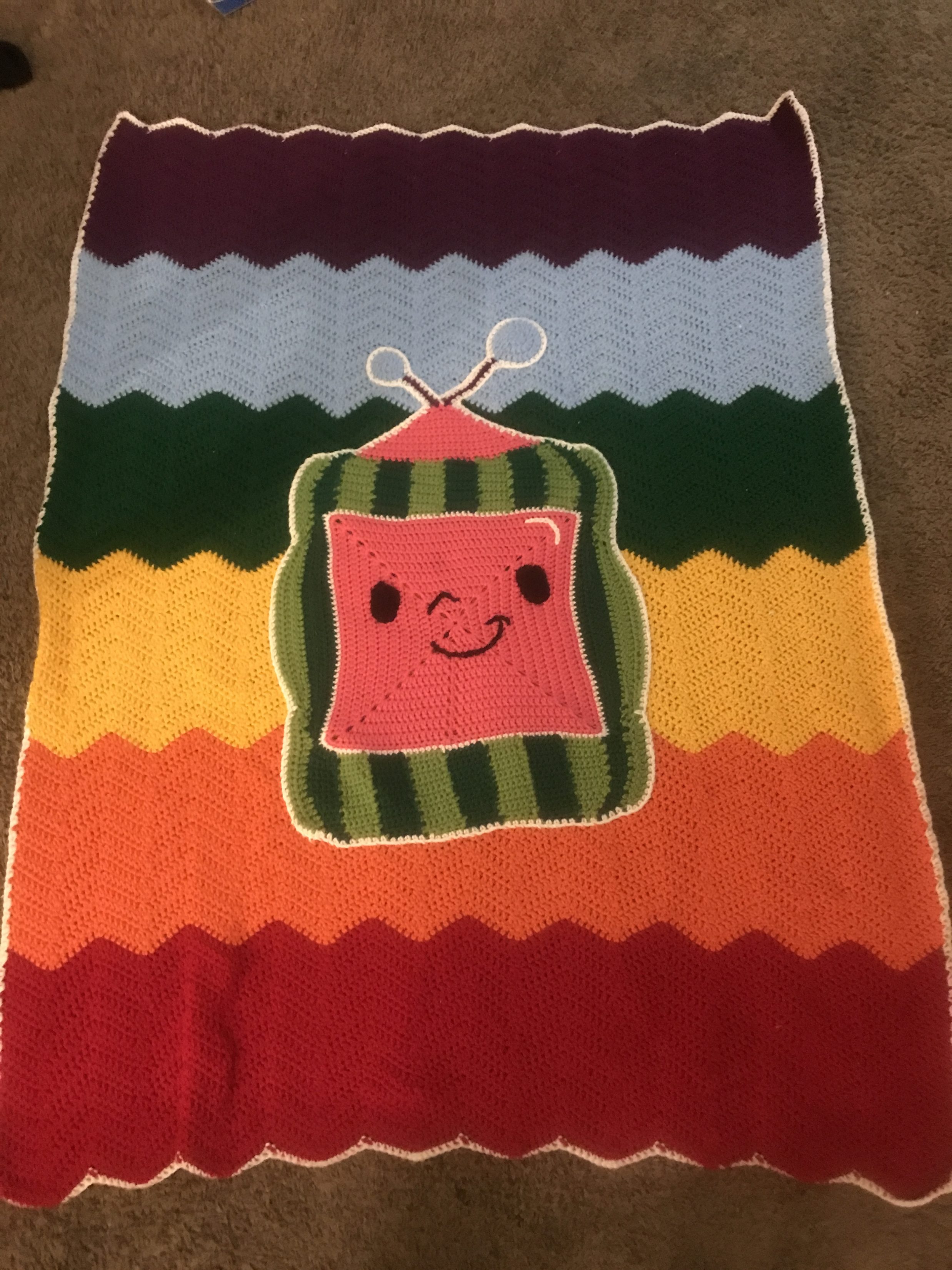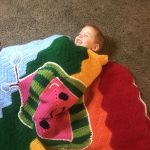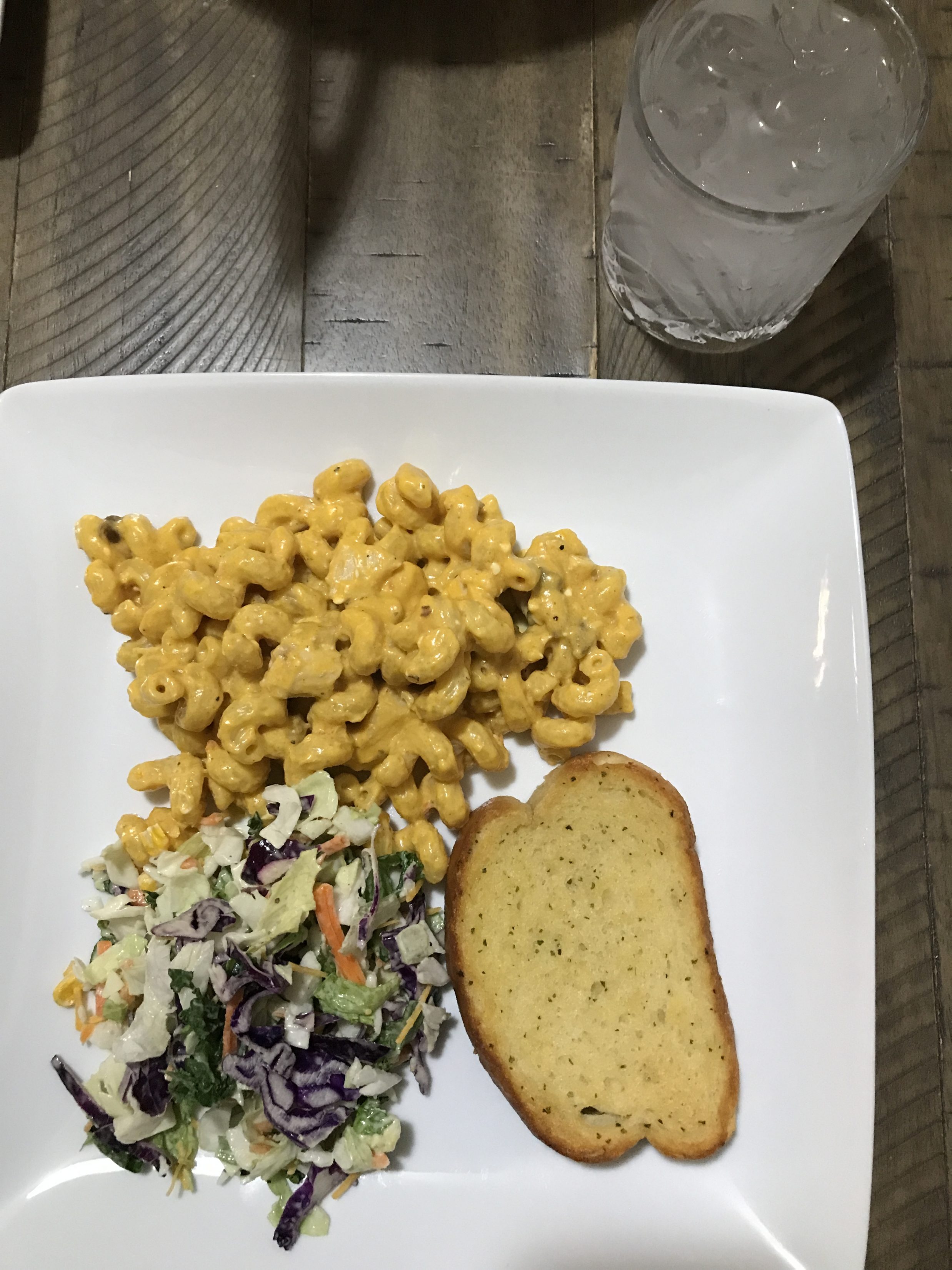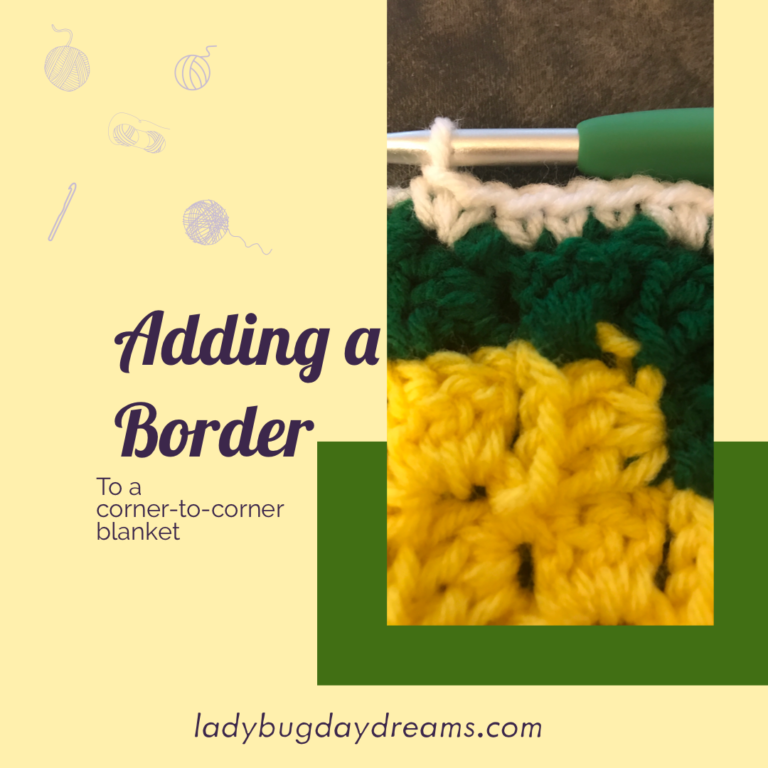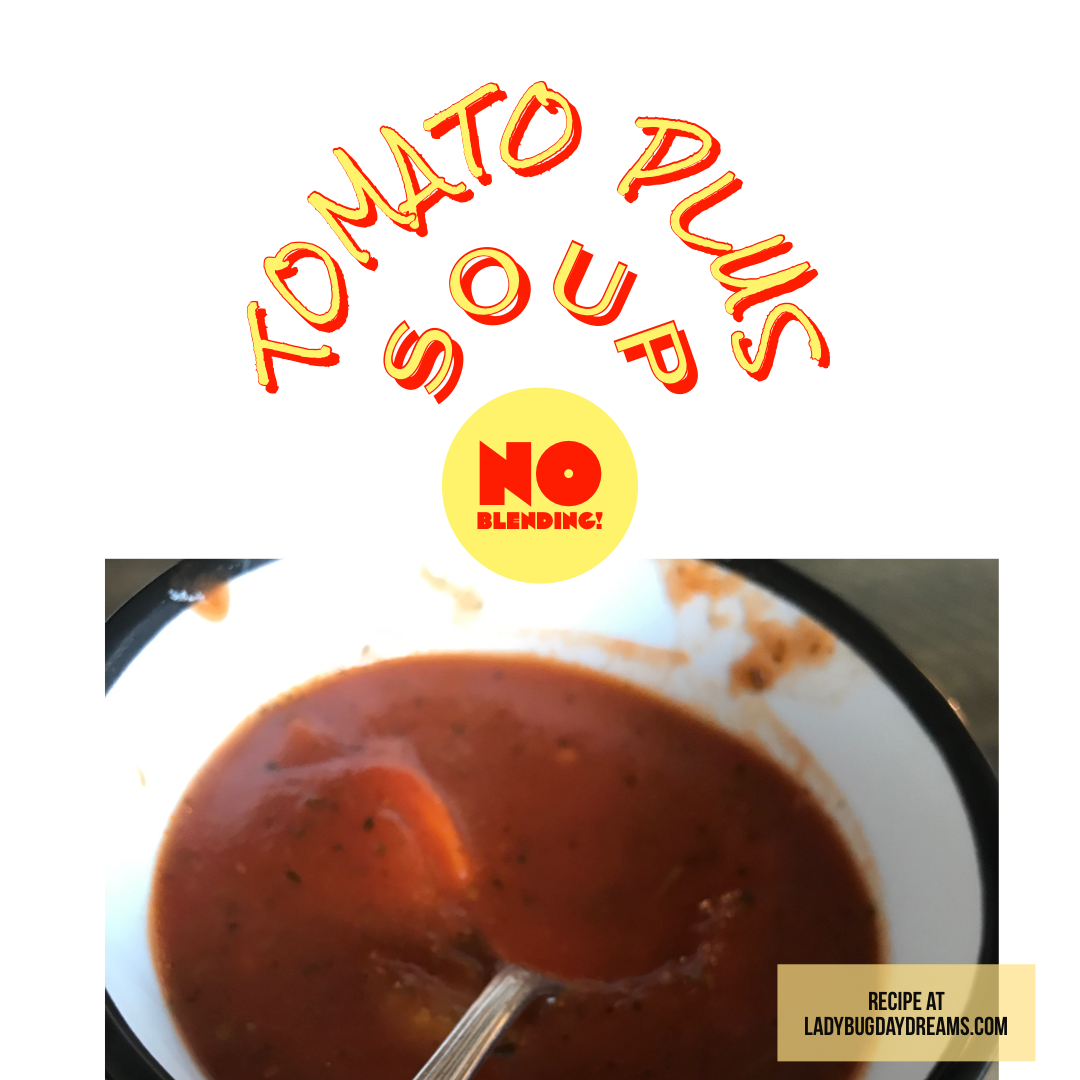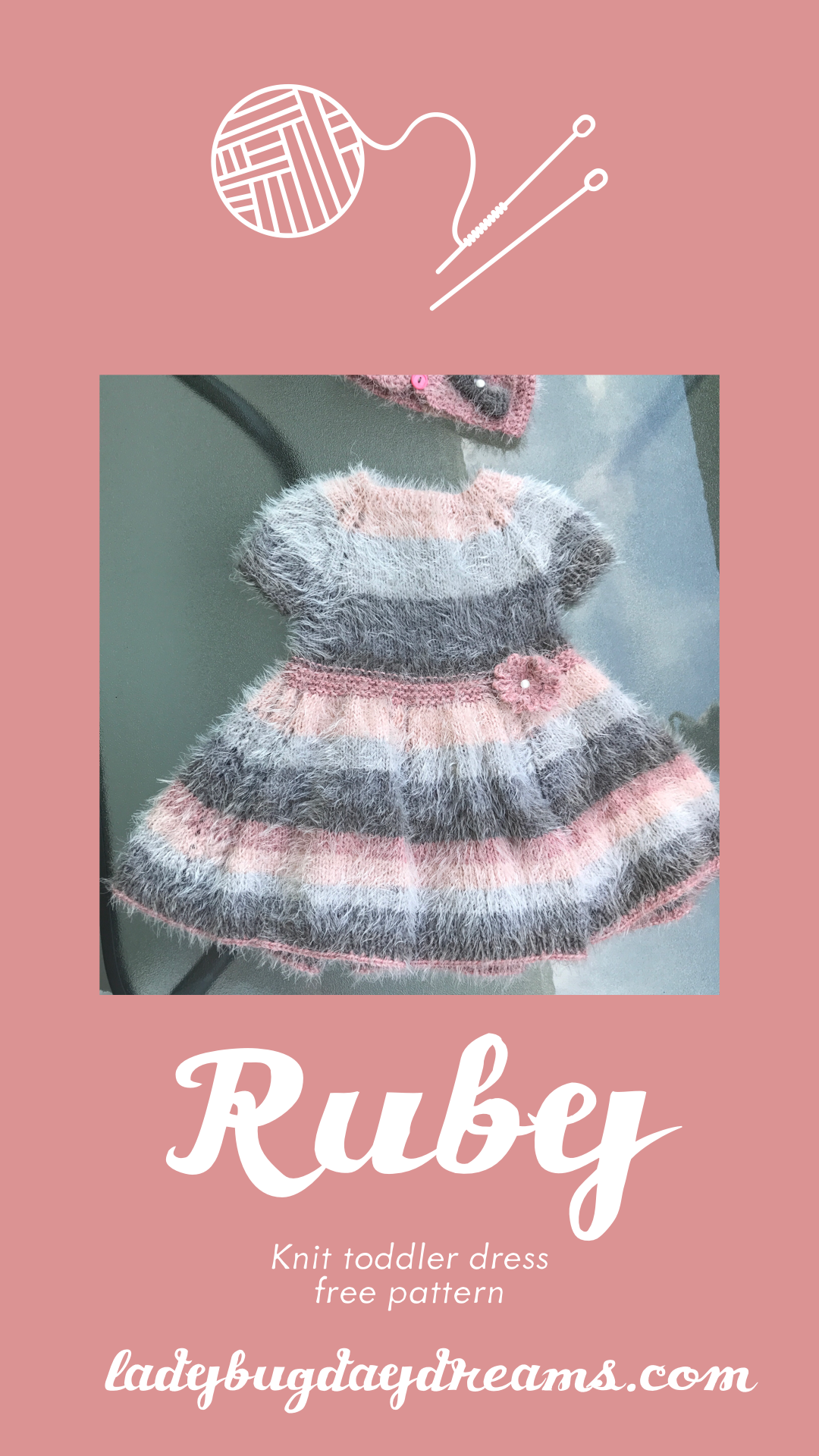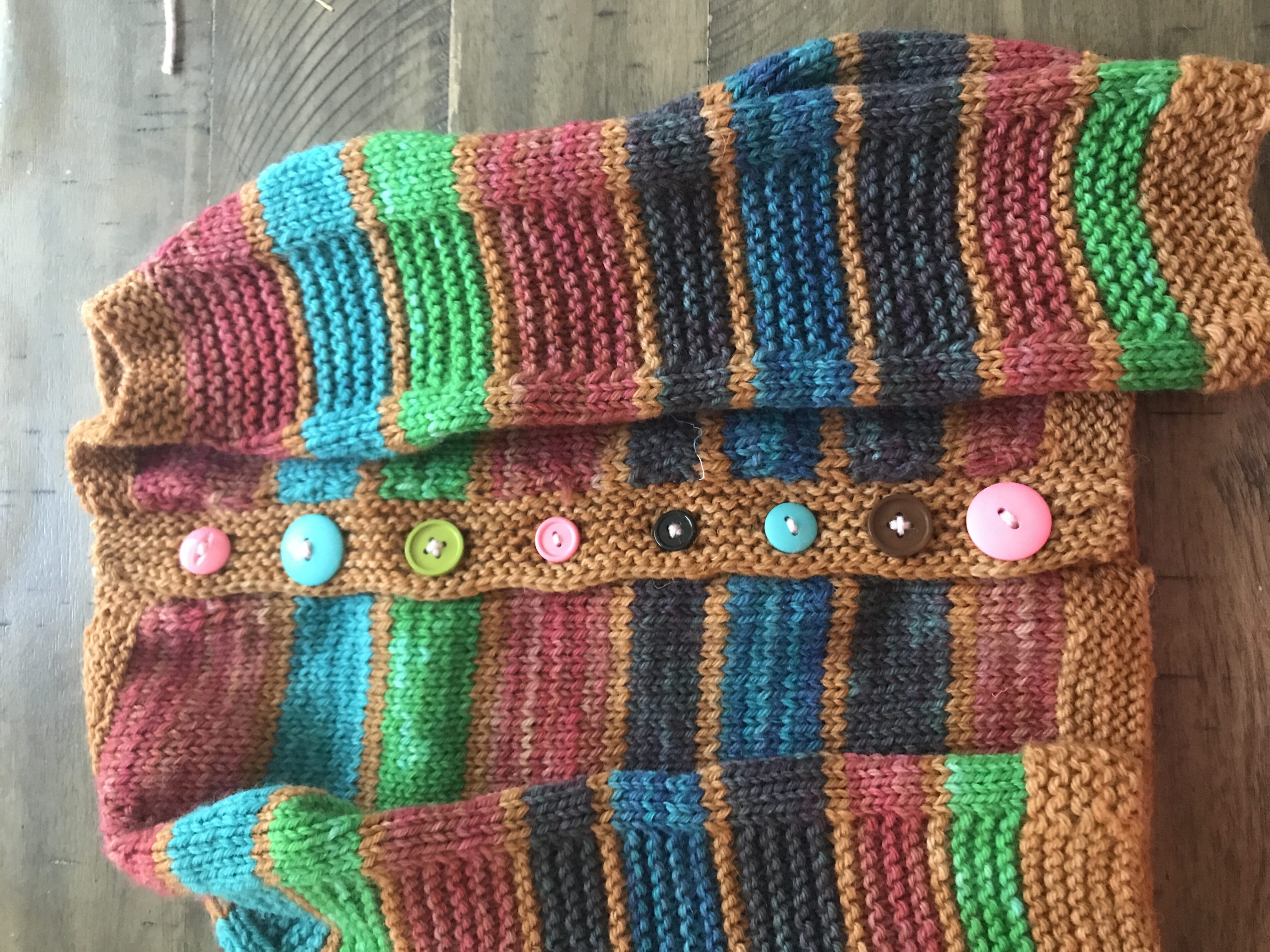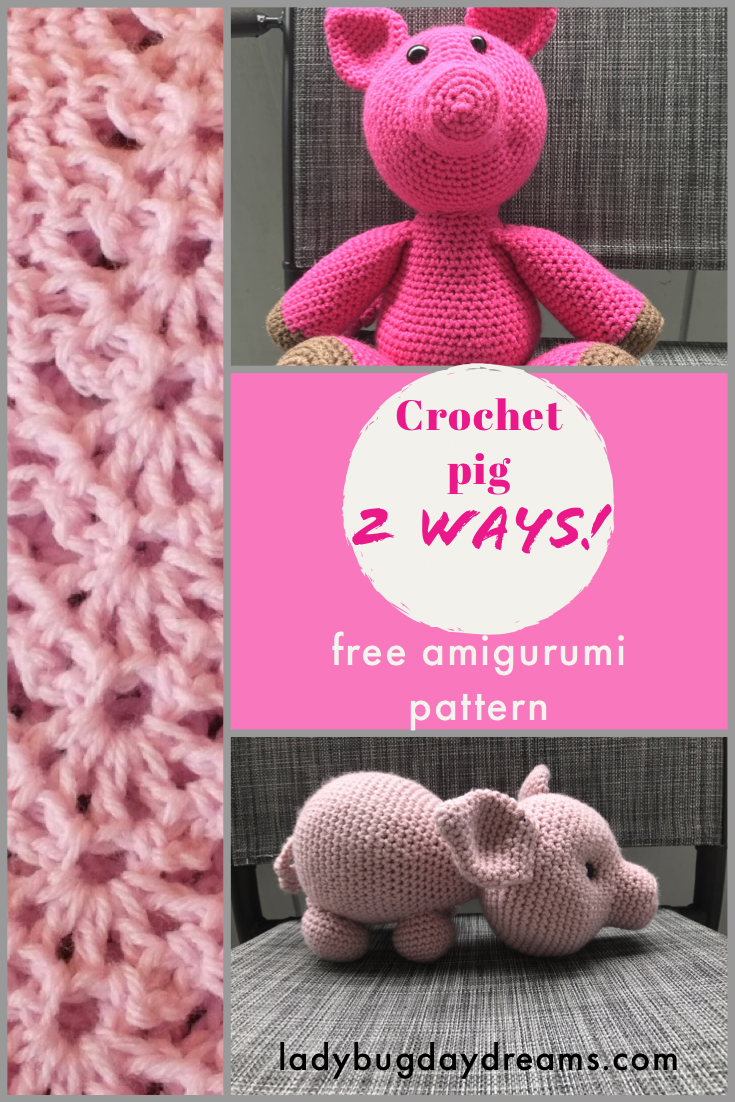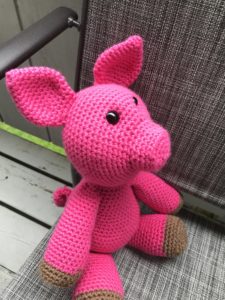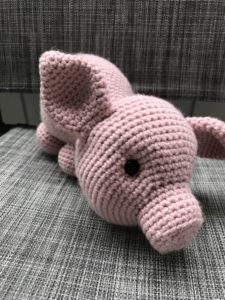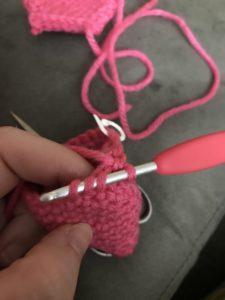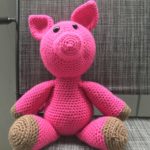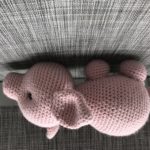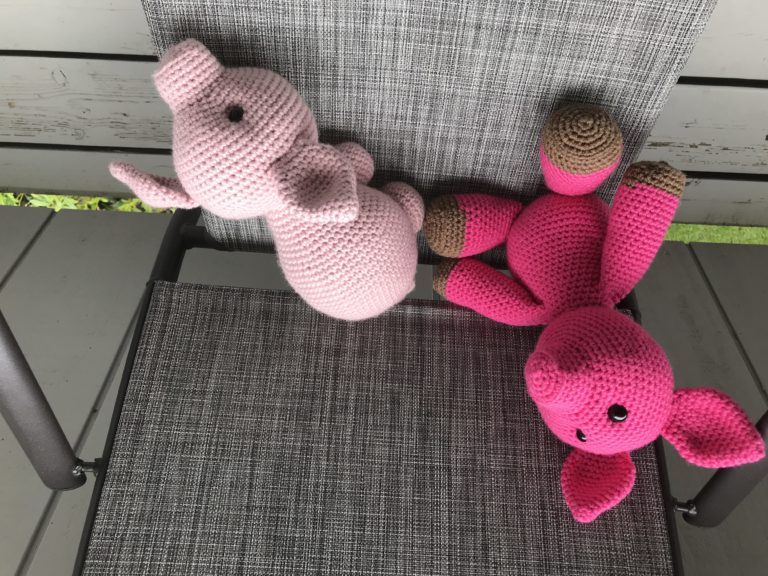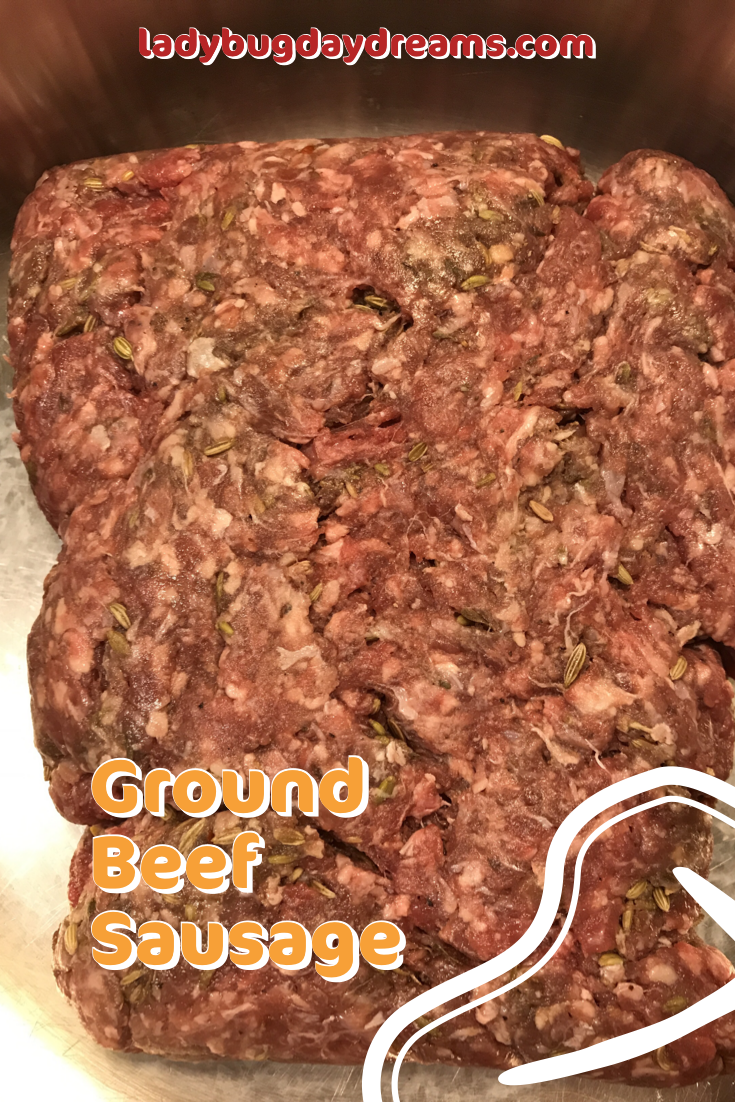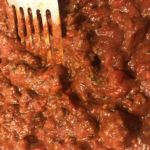When I posted pictures of my Blazers blanket on Instagram, an old friend saw it and contacted me about the possibility of making one for her son’s upcoming birthday. His favorite team is the University of Oregon Ducks. I told her that was absolutely a possibility, so we worked out the details and I got started!
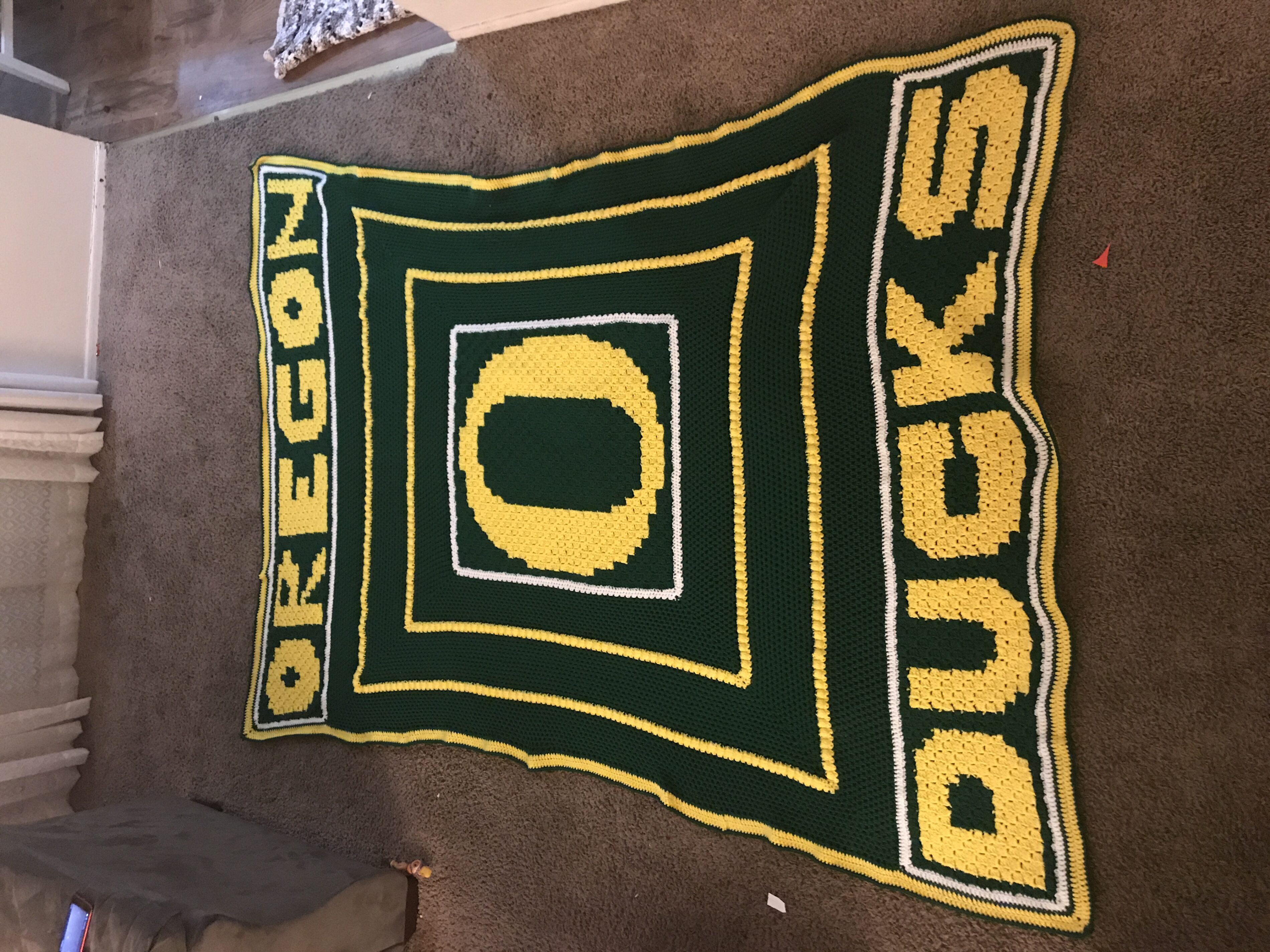
The first thing I had to do was create the graphs for the corner to corner pieces (the logo O and the word banners). The O I found online by Googling “University of Oregon pixel logo.” The words were a bit trickier. For those, I got out my graph paper and chose a rough size for the graphs (I went with 11×70 pixels). I divided that space up into equal sections, depending on how many letters I needed to create. Then in that space, I drew standard bubble letters. Using those as my guidelines, I created my pixel graphs for the words.
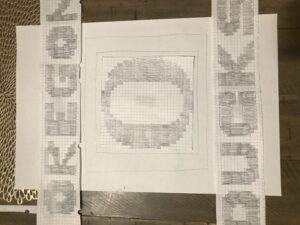 With my charts done, I crocheted the O logo and the two words using the corner to corner method. (See below for the row by row pattern.) I used my standard How to Border a C2C blanket to create white borders around all 3 pieces.
With my charts done, I crocheted the O logo and the two words using the corner to corner method. (See below for the row by row pattern.) I used my standard How to Border a C2C blanket to create white borders around all 3 pieces.
I used a size I hook (5.5 mm) and the “chain 3, double crochet” method for my pixels. This made my centerpiece 24 x 24 (it was a 32 pixel square graph) and my banners 11 x 60 inches. So I knew then that I needed to expand the center square until it was 60 inches wide. A little bit of math told me that meant I needed to add 18 inches to each side (60 – 24 = 36 / 2 = 18). I really liked the mesh stitch I’d used in my Blazers blanket, so I decided to do that again. (This will be an upcoming square for my sampler stitch blanket.) I talked to Ballet Boy, who has a keen eye for fashion, and he suggested that I do this expansion primarily in the green, rather than even green and yellow stripes. He though the O would get lost if the stripes were too even. I talked to my friend, and she agreed, so I went forward with that plan (wide green, narrow yellow).
Because I had already made a simple border around the corner to corner design (one row of single crochet, one row of double crochet), it was easy to dive into the mesh stitch (a simple repeat of half-double crochet, chain 1, skip 1 for the first row and then the same for subsequent rows, just in the chain 1 spaces instead of true stitches). I worked the mesh for 13 rounds. This wasn’t planned so much as that was when the first skein of yarn ran out. I like nice sharp corners on my blankets, so I did this by chaining 2 between those HDCs instead of just 1 like the rest of the pattern. Every 3rd row, I doubled the corner to get it to expand flatly (hdc, ch 1, hdc, ch 2, hdc, ch 1, hdc, ch 1). I found that without some of the rows doing that, the blanket buckled around the design.
For the yellow stripes, I decided on something with bold texture. To begin, I worked a single crochet into each stitch and space if the mesh design. For row 2, I decided on bobble stitches. To make these, I worked 2 single crochets, then a bobble (essentially a double crochet 4 together, except all into one stitch instead of over 4 stitches), all the way around. Then I made one more row of single crochets all the way around (1 stitch at the top of each bobble and in each sc from the previous row). The corners on these rows were easier – just sc, ch 2, sc on all 3.
From here, I made another 13 rows of green mesh, then another yellow bobble stripe. By the time I had finished 11 rows of the final green stripe, I felt like I needed to measure. It was a good thing I did, too. It was basically perfect.
I then used green yarn to whip stitch the banners onto the now-bigger center.
And then it was time for the home stretch! To finish this blanket, I did a row of single crochets in green (sc, ch 2, sc in the corners), followed by 2 rows of yellow double crochets (dc, ch 2, dc in the corners), and one final row of green single crochets.
Blessings,

Here is the row-by-row pattern for the three C2C pieces.
O
1: 1g
2: 2 g
3: 3g
4: 4 g
5: 5 g
6: 6 g
7: 7 g
8: 8 g
9: 9 g
10: 3 g, 4 y, 3 g
11: 2 g, 7 y, 2 g
12: 2 g, 8 y, 2 g
13: 1 g, 10 y, 2 g
14: 2 g, 11 y, 1 g
15: 1 g, 13 y, 1 g
16: 1 g, 14 y, 1 g
17: 1 g, 9 y, 2 g, 4 y, 1 g
18: 1 g, 4 y, 5 g, 8 y, 1 g
19: 1 g, 8 y, 6 g, 3 y, 1 g
20: 1 g, 3 y, 7 g, 8 y, 1 g
21: 1 g, 8 y, 8 g, 2 y, 2 g
22: 2 g, 2 y, 9 g, 8 y, 1 g
23: 2 g, 7 y, 10 g, 2 y, 2 g
24: 2 g, 3 y, 10 g, 7 y, 2 g
25: 2 g, 7 y, 11 g, 3 y, 2 g
26: 3 g, 2 y, 12 g, 7 y, 2 g
27: 3 g, 6 y, 12 g, 3 y, 3 g
28: 3 g, 3 y, 13 g, 6 y, 3 g
29: 3 g, 6 y, 13 g, 3 y, 4 g
30: 4 g, 4 y, 13 g, 5 y, 4 g
31: 4 g, 5 y, 14 g, 4 y, 4 g
32: 5g, 4y, 14g, 4y, 5g
Decrease from both sides:
33: 4g, 4 y, 14 g, 5 y, 4 g (31)
34: 4 g, 5 y, 13 g, 4 y, 4 g (30)
35: 3 g, 4 y, 13 g, 6 y, 3 g (29)
36: 3 g, 6 y, 13 g, 3 y, 3 g (28)
37: 3 g, 3 y, 12 g, 6 y, 3 g (27)
38: 2 g, 7 y, 12 g, 2 y, 3 g (26)
39: 2 g, 3 y, 11 g, 7 y, 2 g (25)
40: 2 g, 7 y, 11 g, 2, y, 2 g (24)
41: 2 g, 2 y, 10 g, 7 y, 2 g (23)
42: 1 g, 8 y, 9 g, 2 y, 2 g (22)
43: 1 g, 3 y, 8 g, 8 y, 1 g (21)
44: 1 g, 8 y, 7 g, 3 y, 1 g (20)
45: 1 g, 3 y, 6 g, 8 y, 1 g (19)
46: 1 g, 8 y, 5 g, 3 y, 1 g (18)
47: 1 g, 3 y, 3 g, 9 y, 1 g (17)
48: 1 g, 14 y, 1 g (16)
49: 1 g, 13 y, 1 g (15)
50: 1 g, 11 y, 2 g (14)
51: 2 g, 10 y, 1 g (13)
52: 2 g, 8 y, 2 g (12)
53: 2 g, 7 y, 2 g (11)
54: 3 g, 4 y, 3 g (10)
55: 9 g
56: 8 g
57: 7 g
58: 6 g
59: 5 g
60: 4 g
61: 3 g
62: 2 g
63: 1 g
Oregon
1: 1 g
2: 2 g
3: 1 g, 1 y, 1 g
4: 1 g, 2 y, 1 g
5: 1 g, 2 y, 2 g
6: 3 g, 2 y, 3 g
7: 1 g, 3 y, 3 g
8: 3 g, 4 y, 1 g
9: 1 g, 4 y, 4 g
10: 4 g, 2 y, 1 g, 2 y, 1 g
11: 1 g, 2 y, 2 g, 2 y, 4 g
12: 1 g, 1 y, 3 g, 2 y, 2 g, 2 y, 1 g
13: 1 g, 2 y, 3 g, 2 y, 2 g, 2 y, 1 g
Decrease from top
14: 2 g, 2 y, 2 g, 2 y, 3 g, 1 y, 1 g
15: 5 g, 2 y, 1 g, 2 y, 3 g
16: 4 g, 2 y, 1 g, 1 y, 5 g
17: 4 g, 4 y, 5 g
18: 2 g, 2 y, 2 g, 3 y, 4 g
19: 3 g, 3 y, 2 g, 4 y, 1 g
20: 1 g, 5 y, 2 g, 2 y, 3 g
21: 2 g, 2 y, 2 g, 6 y, 1 g
22: 1 g, 7 y, 2 g, 2 y, 1 g
23: 1 g, 1 y, 2 g, 8 y, 1 g
24: 2 g, 8 y, 3 g
25: 3 g, 3 y, 2 g, 3 y, 2 g
26: 2 g, 4 y, 2 g, 3 y, 2 g
27: 2 g, 3 y, 2 g, 3 y, 3 g
28: 3 g, 4 y, 2 g, 2 y, 2 g
29: 1 g, 8 y, 2 g, 1 y, 1 g
30: 1 g, 2 y, 2 g, 7 y, 1 g
31: 1 g, 6 y, 2 g, 3 y, 1 g
32: 1 g, 4 y, 2 g, 5 y, 1 g
33: 1 g, 4 y, 2 g, 5 y, 1 g
34: 1 g, 6 y, 2 g, 2 y, 2 g
35: 6 g, 6 y, 1 g
36: 1 g, 3 y, 1 g, 2 y, 6 g
37: 3 g, 1 y, 2 g, 2 y, 1 g, 3 y, 1 g
38: 2 g, 2 y, 1 g, 2 y, 2 g, 2 y, 2 g
39: 1 g, 3 y, 2 g, 1 y, 2 g, 2 y, 2 g
40: 3 g, 2 y, 4 g, 3 y, 1 g
41: 1 g, 3 y, 3 g, 3 y, 3 g
42: 1 g, 1 y, 2 g, 3 y, 2 g, 3 y, 1 g
43: 1 g, 3 y, 1 g, 3 y, 2 g, 2 y, 1 g
44: 1 g, 3 y, 2 g, 6 y, 1 g
45: 1 g, 5 y, 3 g, 3 y, 1 g
46: 1 g, 3 y, 4 g, 4 y, 1 g
47: 1 g, 3 y, 5 g, 3 y, 1 g
48: 1 g, 3 y, 9 g
49: 7 g, 1 y, 1 g, 3 y, 1 g
50: 1 g, 3 y, 1 g, 2 y, 2 g, 1 y, 3 g
51: 2 g, 2 y, 1 g, 7 y, 1 g
52: 1 g, 7 y, 1 g, 3 y, 1 g
53: 1 g, 3 y, 1 g, 6 y, 2 g
54: 3 g, 5 y, 1 g, 3 y, 1 g
55: 1 g, 8 y, 2 g, 1 y, 1 g
56: 1 g, 1 y, 3 g, 7 y, 1 g
57: 1 g, 6 y, 3 g, 2 y, 1 g
58: 1 g, 2 y, 4 g, 5 y, 1 g
59: 1 g, 4 y, 4 g, 2 y, 2g
60: 2 g, 2 y, 5 g, 3 y, 1 g
61: 1 g, 2 y, 6 g, 1 y, 3 g
62: 3 g, 2 y, 6 g, 1 y, 1 g
63: 3 g, 1 y, 1 g, 1 y, 2 g, 1 y, 2 g, 1 y, 1 g
64: 1 g, 2 y, 1 g, 1 y, 2 g, 4 y, 2 g
65: 2 g, 4 y, 1 g, 1 y, 1 g, 3 y, 1 g
66: 2 g, 4 y, 1 g, 4 y, 2 g
67: 1 g, 5 y, 1 g, 3 y, 3 g
68: 4 g, 5 y, 2 g, 1 y, 1 g
69: 1 g, 1 y, 2 y, 4 y, 5 g
70: 2 g, 2 y, 2 g, 3 y, 2 g, 1 y, 1 g
71: 1 g, 1 y, 1 g, 3 y, 2 g, 4 y, 1 g
72: 1 g, 5 y, 2 g, 4 y, 1 g
73: 1 g, 3 y, 2 g, 6 y, 1 g
74: 1 g, 7 y, 2 g, 2 y, 1 g
75: 1 g, 1 y, 2 g, 8 y, 1 g
76: 2 g, 8 y, 3 g
77: 3 g, 3 y, 2 g, 3 y, 2 g
78: 2 g, 4 y, 2 g, 3 y, 2 g
Decrease from both sides:
79: 2 g, 3 y, 2 g, 3 y, 2 g
80: 1 g, 4 y, 2 g, 2 y, 2 g
81: 1 g, 8 y, 1 g
82: 1 g, 7 y, 1 g
83: 1 g, 6 y, 1 g
84: 1 g, 5 y, 1 g
85: 1 g, 4 y, 1 g
86: 1 g, 2 y, 2 g
87: 4 g
88: 3 g
89: 2 g
90: 1 g
Ducks
1: 1 g
2: 2 g
3: 3 g
4: 4 g
5: 1 g, 3 y, 1 g
6: 1 g, 4 y, 1 g
7: 1 g, 5 y, 1 g
8: 1 g, 6 y, 1 g
9: 2 g, 6 y, 1 g
10: 1 g, 6 y, 3 g
11: 1 g, 1 y, 1 g, 4 g, 3 y, 1 g
12: 1 g, 3 y, 1 g, 3 y, 1 g, 2 y, 1 g
13: 1 g, 3 y, 1 g, 3 y, 1 g, 3 y, 1 g
Decrease from top:
14: 1 g, 3 y, 1 g, 3 y, 1 g, 3 y, 1 g
15: 1 g, 3 y, 1 g, 3 y, 1 g, 3 y, 1 g
16: 1 g, 3 y, 1 g, 3 y, 1 g, 3 y, 1 g
17: 1 g, 3 y, 1 g, 3 y, 1 g, 3 y, 1 g
18: 2 g, 2 y, 1 g, 3 y, 1 g, 3 y, 1 g
19: 1 g, 3 y, 1 g, 3 y, 1 g, 1 y, 3 g
20: 1 g, 1 y, 4 g, 2 y, 1 g, 3 y, 1 g
21: 1 g, 6 y, 4 g, 1 y, 1 g
22: 1 g, 2 y, 4 g, 5 y, 1 g
23: 1 g, 5 y, 4 g, 2 y, 1 g
24: 1 g, 3 y, 4 g, 4 y, 1 g
25: 1 g, 3 y, 5 g. 3 y, 1 g
26: 2 g, 2 y, 9 g
27: 8 g, 3 y, 2 g
28: 3 g, 2 y, 8 g
29: 7 g, 3 y, 3 g
30: 1 g, 1 y, 2 g, 2 y, 7 g
31: 1 g, 4 y, 2 g, 2 y, 1 g, 2 y, 1 g
32: 1 g, 3 y, 1 g, 7 y, 1 g
33: 1 g, 11 y, 1 g
34: 2 g, 10 y, 1 g
35: 1 g, 9 y, 3 g
36: 1 g, 1 y, 2 g, 8 y, 1 g
37: 4 g, 4 y, 2 g, 2 y, 1 g
38: 1 g, 3 y, 2 g, 4 y, 3 g
39: 2 g, 4 y, 2 g, 4 y, 1 g
40: 1 g, 5 y, 2 g, 4 y, 1 g
41: 1 g, 3 y, 3 g, 5 y, 1 g
42: 1 g, 5 y, 1 g, 1 y, 2 g, 2 y, 1 g
43: 1 g, 1 y, 2 g, 2y, 1 g, 5 y, 1 g
44: 1 g, 4 y, 2 g, 3 y, 3 g
45: 2 g, 4 y, 2 g, 4 y, 1 g
46: 1 g, 4 y, 3 g, 4 y, 1 g
47: 1 g, 4 y, 3 g, 4 y, 1 g
48: 2 g, 3 y, 3 g, 4 y, 1 g
49: 1 g, 4 y, 3 g, 3 y, 2 g
50: 3 g, 3 y, 2 g, 4 y, 1 g
51: 1 g, 4 y, 1 g, 4 y, 3 g
52: 4 g, 8 y, 1 g
53: 1 g, 7 y, 5 g
54: 1 g, 3 y, 2 g, 6 y, 1 g
55: 1 g, 5 y, 2 g, 4 y, 1 g
56: 1 g, 5 y, 2 g, 4 y, 1 g
57: 1 g, 3 y, 2 g, 6 y, 1 g
58: 1 g, 7 y, 5 g
59: 4 g, 8 y, 1 g
60: 1 g, 3 y, 2 g, 4 y, 3 g
61: 2 g, 4 y, 3 g, 3 y, 1 g
62: 1 g, 3 y, 4 g, 4 y, 1 g
63: 1 g, 3 y, 4 g, 3 y, 2 g
64: 2 g, 3 y, 5 g, 2 y, 1 g
65: 1 g, 1 y, 5 g, 3 y, 3 g
66: 3 g, 4 y, 6 g
67: 5 g, 4 y, 4 g
68: 5 g, 4 y, 4 g
69: 3 g, 4 y, 2 g, 3 y, 1 g
70: 1 g, 4 y, 2 g, 4 y, 2 g
71: 1 g, 4 y, 2 g, 5 y, 1 g
72: 1 g, 6 y, 2 g, 3 y, 1 g
73: 1 g, 2 y, 2 g, 7 y, 1 g
74: 1 g, 8 y, 2 g, 1 y, 1 g
75: 3 g, 9 y, 1 g
76: 1 g, 4 y, 2 g, 3 y, 3 g
77: 2 g, 3 y, 3 g, 4 y, 1 g
78: 1 g, 4 y, 3 g, 3 y, 2 g
79: 1 g, 3 y, 4 g, 4 y, 1 g
Decrease from both sides:
80: 1 g, 4 y, 3 g, 3 y, 1 g
81: 1 g, 3 y, 2 g, 4, y, 1 g
82: 1 g, 4 y, 1 g, 3 y, 1 g
83: 1 g, 7 y, 1 g
84: 1 g, 6 y, 1 g
85: 1 g, 5 y, 1 g
86: 1 g, 4 y, 1 g
87: 1 g, 3 y, 1 g
88: 1 g, 2 y, 1 g
89: 1 g, 1 y, 1 g
90: 2 g
91: 1 g
Here is the downloadable file if you’d rather do that.
Ducks row by rows
Like this:
Like Loading...

